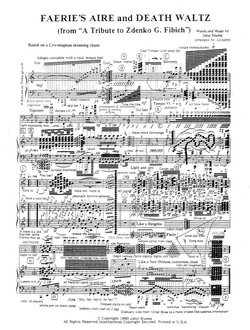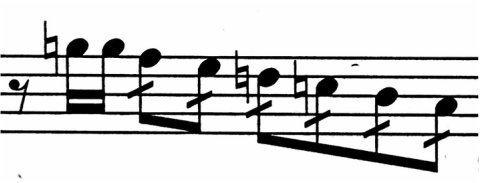 Huh?
Huh? Recently, one of my students asked about slashes across a note stem. She came across these markings in her orchestra music and couldn't remember what to do.
I told her, of course, but then realized this would be an excellent topic to clarify in a video!
Of course, more questions about notation erupted and I thought we might be in need of a whole series about notation.
So, here is the first installment of Cellist's Guide to Notation!
| Explain the markings in each example above in the comments section below and if you are correct, I will enter you in a drawing for a free Celli T-shirt! Good luck! |





 RSS Feed
RSS Feed